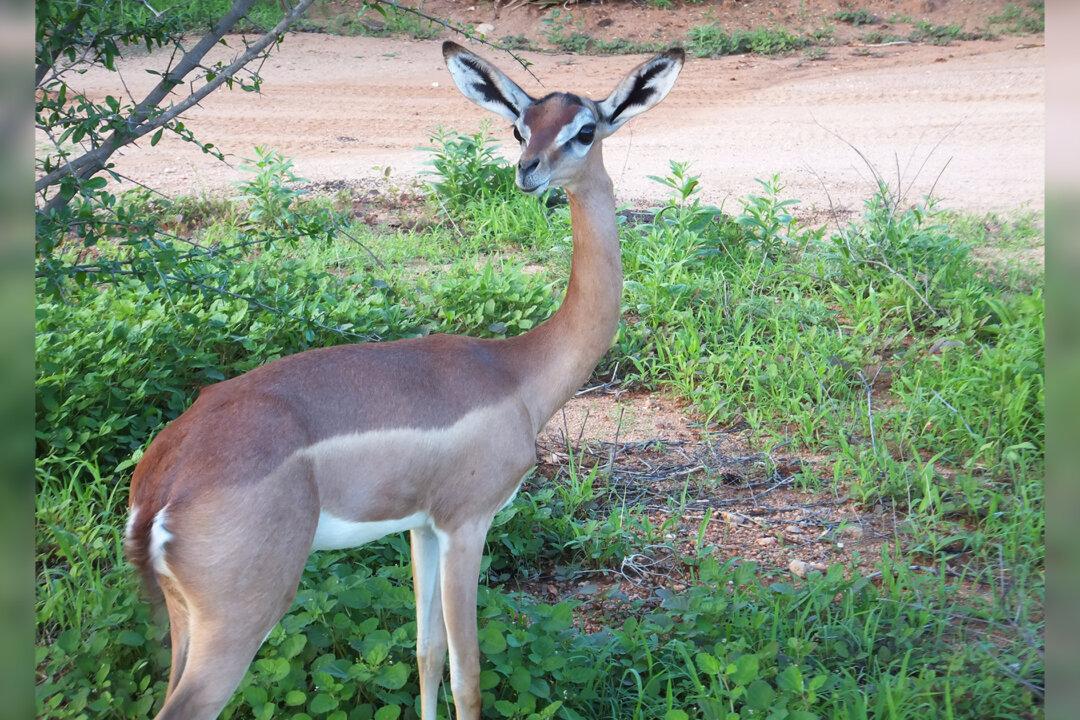Amid the countless marvels of the animal kingdom there exists a type of African antelope, the gerenuk, famed for a unique quality: it can survive its entire life without ever drinking water.
The gerenuk—meaning “giraffe-necked,” owing to its long neck—is native to Somalia, Tsavo, southern Djibouti, and the dry, arid lands of northern Kenya.





